Director: Josh Ruben
Writers: Phillip Murphy, Christopher Landon, Michael Kennedy
Stars: Olivia Holt, Mason Gooding, Jordana Brewster
Synopsis: For the past several years, the “Heart Eyes Killer” has wreaked havoc on Valentine’s Day by stalking and murdering romantic couples. This Valentine’s Day, no couple is safe.
In the tradition of Scream, Josh Ruben’s Heart Eyes opens with the introduction of its masked killer exacting a killing spree on three innocent victims at a winery after a man (awkwardly) proposes to his fiancée. While unimpressively shot, Ruben compensates with nifty practical effects, from the very first moment the Heart Eyes Killer murders a helpless individual to the blood-splattering conclusion of its opening scene that profoundly grossed out the packed audience at a promotional screening.
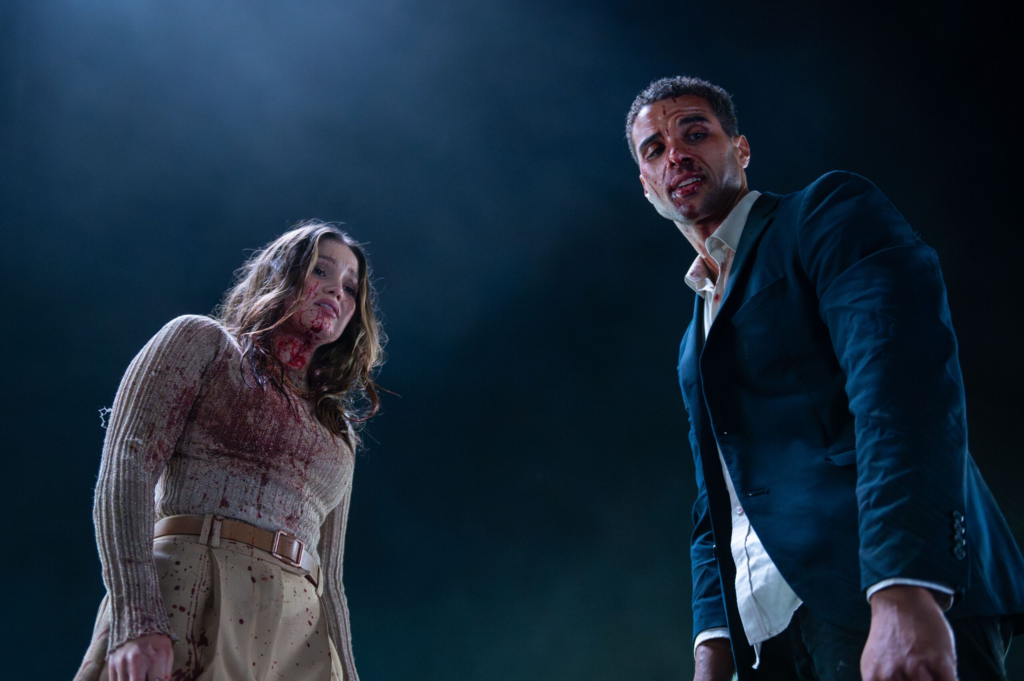
Also in the tradition of Scream, the rest of the movie attempts to insert several meta-commentaries. It doesn’t discuss the state of horror cinema as Wes Craven (and, more recently, Radio Silence) did, but on chintzy romantic comedies that capitalize on a commercial holiday while also tackling the concept of “love at first sight” through protagonists Ally (Olivia Holt) and Jay (Mason Gooding, a casting that further hammers home the “Scream ripoff” allegations). After ordering the same weirdly specific modification to their drink, the two have a meet-cute at a coffee shop. They quickly experience a burgeoning feeling that they’d like to convey to each other. However, Ally has just gone through a break-up and isn’t ready to commit to anyone just yet, while Jay is rushing into things way too fast.
Even worse, the two are forced to work together after Ally’s boss, Crystal (Michaela Watkins), hires Jay in the wake of a scandal following an advertising campaign led by Ally that focused on murder and death. Let’s just say the audience reception for this ad, as the Heart Eyes Killer runs loose in Seattle and targets specific couples on Valentine’s Day, did not go over well. Because of this, Jay invites Ally to dinner to discuss ideas for a new publicity strategy.
The entire context of the dinner seems romantic, but Ally refuses Jay’s game of seduction until she sees her ex-boyfriend. They kiss in a public space to make him jealous and, as a result, accidentally make them the target of the killer, who is stalking couples at a popular restaurant on Valentine’s Day. That’s an admittedly fun conceit – the killer thinks they’re a couple and attempts to murder them, but, in reality, they are not. Or is this the beginning of a lifelong romance that will ultimately end in pure happiness? That could be, but there’s little fun in a movie where the audience is always twenty steps ahead of the script, no matter how devilishly enjoyable (and sometimes perverse) the kills may get.
This is a movie that desperately wants to be a cross between the Wes Craven days of Scream and George Mihalka’s My Bloody Valentine. Yet, it’s neither because the audience always knows what’s coming, despite how writers Phillip Murphy, Christopher Landon, and Michael Kennedy attempt to subvert classic slasher tropes throughout its runtime. Once all the characters are introduced and the moving pieces laid out in front of the audience, an astute moviegoer who has seen Craven’s Scream films can quickly figure out the killer’s identity and how the story will (more or less) wrap up. When some action set pieces reach levels of implausibility on how the killer operates from one place to the next, one could guess that more than one assailant is perpetrating the crimes. It’s not hard to put two and two together, especially if it is a film steeped in the tradition of Craven’s Scream.

Part of the thrill of watching a slasher with a masked murderer is attempting to figure out who it is and always thinking we’re two steps ahead of the screenwriters. Instead, we fall straight into their trap and have our jaws dropped on the floor when the person committing the murders is ultimately revealed. Craven frequently pulled smart red herrings in Scream, which were always surprising whenever the killer’s real identity manifested itself. In Heart Eyes, the plot contains very few active thrills and zero surprises. Everything is telegraphed as soon as Ruben establishes Jay and Ally’s relationship and gives us slight pieces of information on the people assigned to uncover the identity of the Heart Eyes Killer, Detectives Hobbs (Devon Sawa) and Shaw (Jordana Brewster).
Yes, Hobbs & Shaw. Like the Fast & Furious characters. Get it? It’s hilarious because they make a meta-joke in front of Jordana Brewster, who has played a critical role in the Fast & Furious franchise over the years. How funny. This is the type of quip-heavy humor that permeates the entire runtime – jokes that think they’re amusing because they consistently wink at the audience, allowing them a slight pause in figuring out the reference before continuing or stopping the action in the middle of a scene of gratuitous violence and high-spirited thrills to lighten the mood.
Here’s an example. As Jay and Ally are violently chased by the Heart Eyes Killer, whose vicious nature is showcased as it patiently waits for Ally to return home to slay her when she opens her closet, the two demand a time-out to explain that they’re not a couple! Ha! But the killer doesn’t care, and neither does the audience. This overtly cynical humor could’ve worked in spades if the chemistry between Holt and Gooding felt palpable. However, since they lack any form of symbiosis and the filmmaker instead focuses on filling their screen time with as much pathos as possible, the overall result falls flat on its face.
Holt is a decent actor whose career-best turn in Marvel’s Cloak & Dagger has unfortunately fallen to the wayside because no one saw it. However, she’s profoundly miscast and can’t match Gooding’s effervescent, natural charm, who knows how to operate in front of the camera. It results in a listless pairing that’s only half-decent when it focuses on Jay, even if both characters are thinly developed beyond the romantic comedy attributes they’re given at the top of the movie. Gooding, as charming as he may be, can’t transcend the “typical hot guy who the protagonist will eventually fall in love with since our script is amazingly telegraphed” trope Ruben boxes him in from the start. On the other hand, Holt checks every box in the “female lead who hates love will learn to love again by meeting the perfect guy with zero flaws whatsoever, despite a mass murderer haunting their ass” category.

Sure, some of the kills are creative. One set in a Westfalia is the film’s major highlight because it teeters with dark humor, which is what the movie should’ve bathed in the first place instead of being self-referential and quippy. It’s the only moment that genuinely made me laugh, as shockingly violent and explicitly specific as the kill may be, and it got a kick out of the audience, too. However, Ruben shrouds other kills in darkness through its flat cinematography or strobe lighting to make a violent scene less shocking. It especially feels cowardly not to go all in when, a few scenes later, we get that aforementioned Westfalia kill.
Ruben then will juggle between scenes of extreme violence, such as its church-set climax, where Ally uses an unlikely weapon that has been teased to no end from the very minute it gets shown, or scenes that appear to be violent, but cut away from the kill, or hide it with some technical wizardry. It should come as no surprise that the most efficient scenes are the ones where we can see what’s going on, but even then, the pleasures of Ruben’s picture are only sparse since we know exactly who the murderers are and how Ally and Josh’s quasi-romantic story will end. This makes for a forgettable moviegoing experience that can never overcome its screenwriting platitudes despite occasional moments of inspiration that feel fun and cathartic but lacking in legitimate tension since everything can be easily guessed.
The characters are so poorly written that one begs for Ruben to at least give us a form of connection or emotional heft to the stakes. Sadly, it never happens, resulting in a movie that’s best left to be ditched rather than giving it a chance. We’ve all heard that story too many times. That’s why it’s high time to break up with shoddy horror cinema and demand better movies in return.




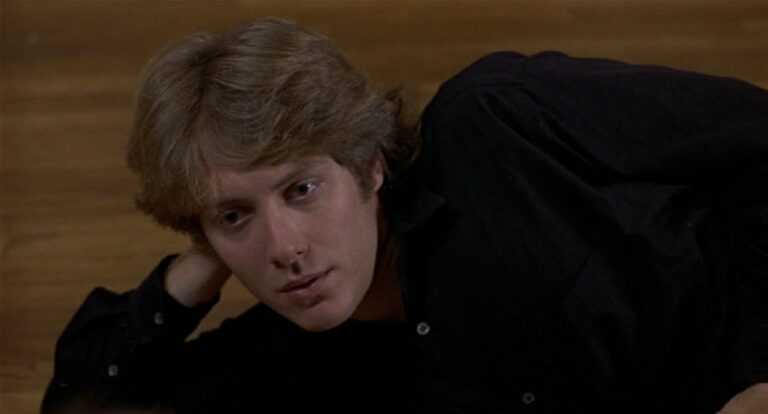
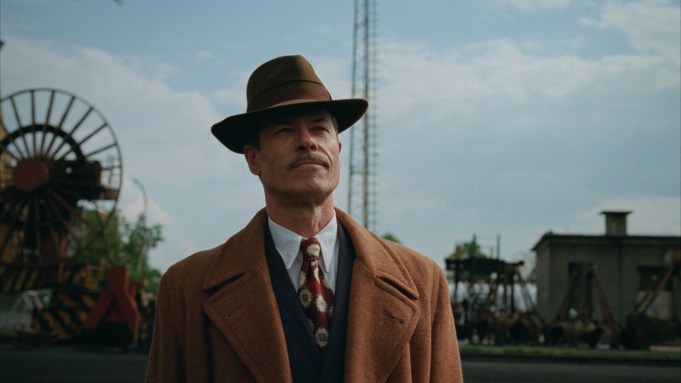
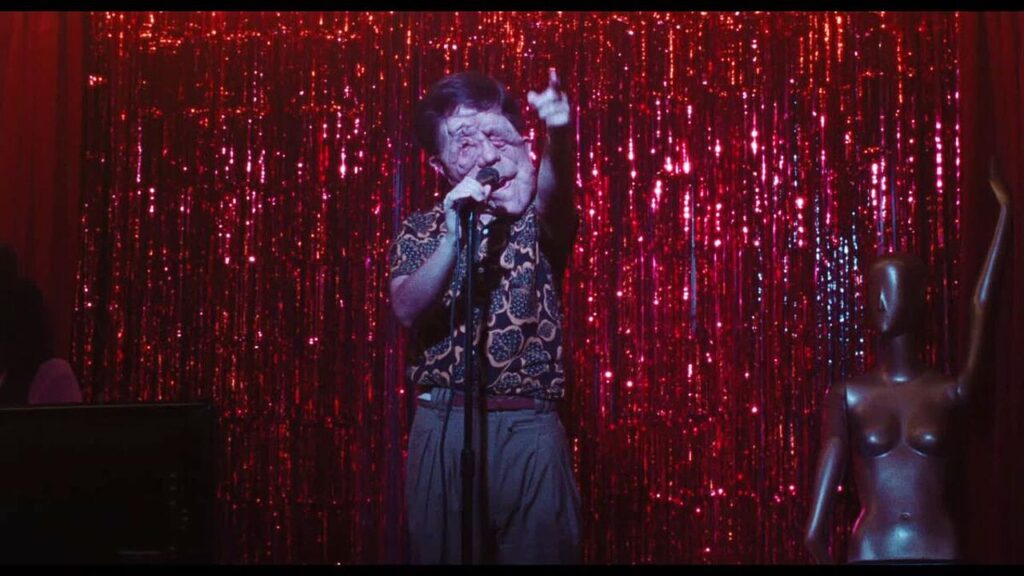
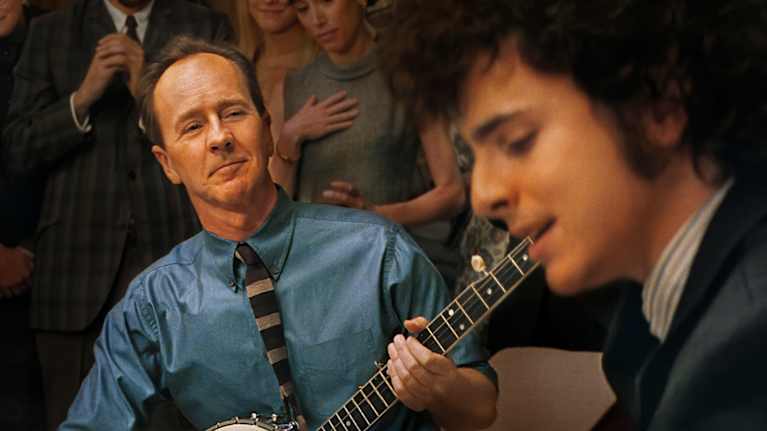
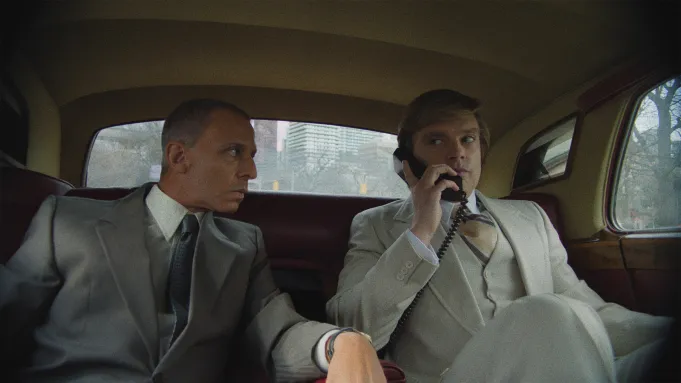
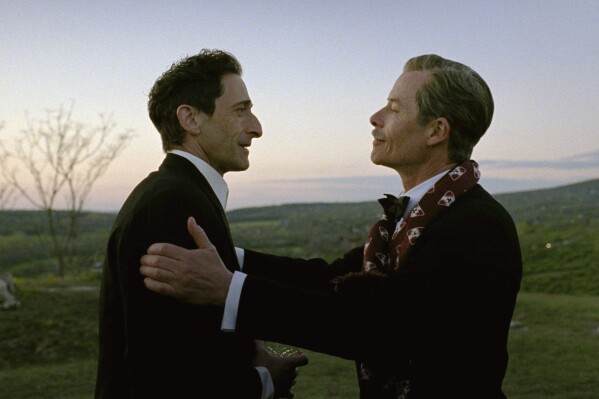

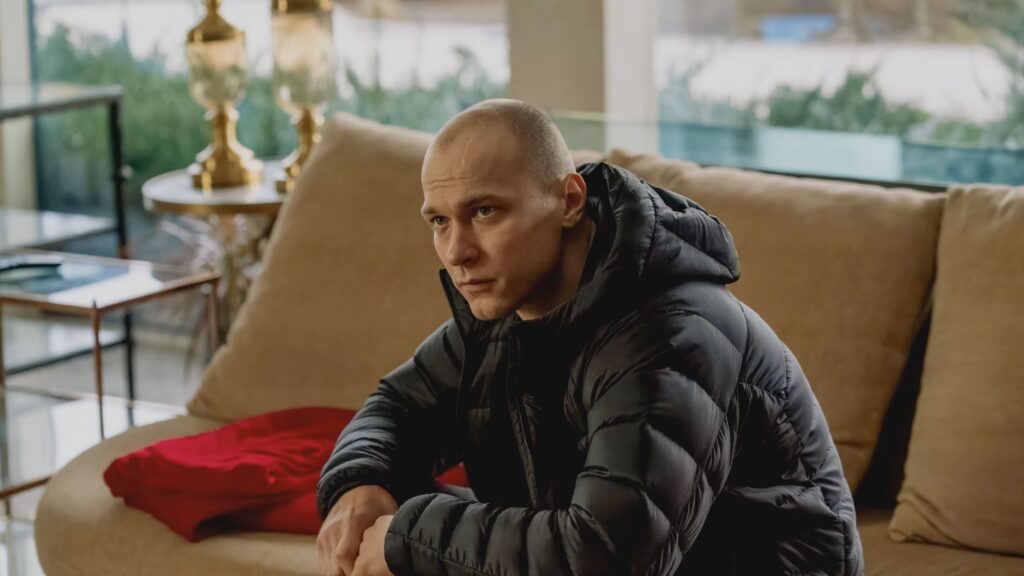
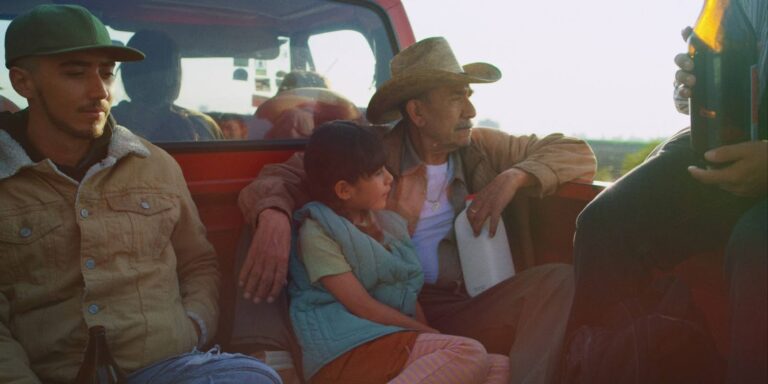
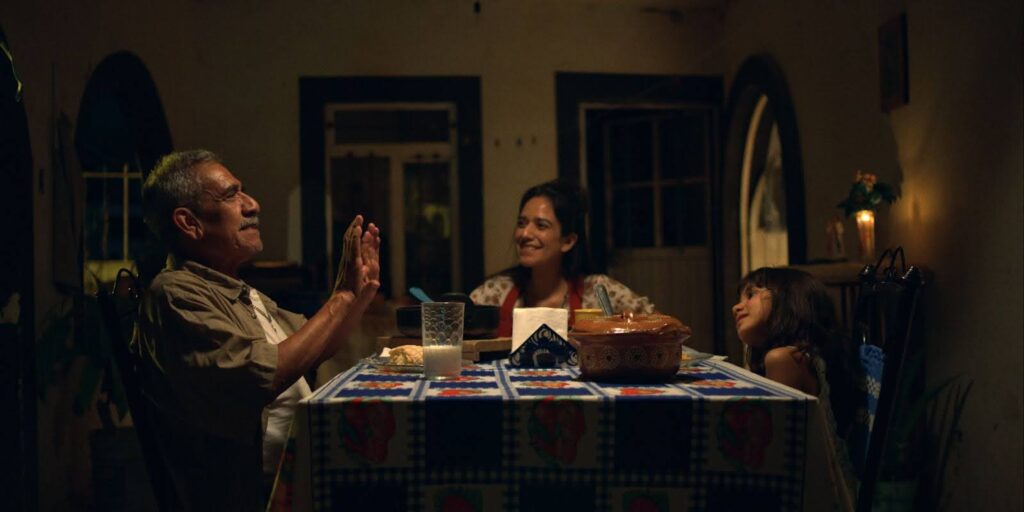

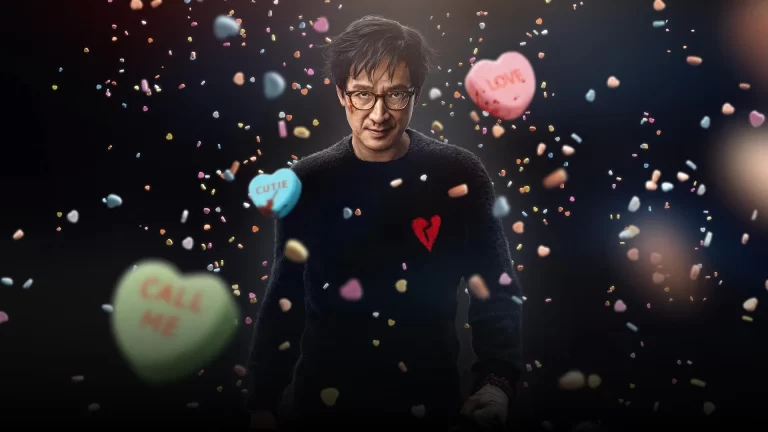
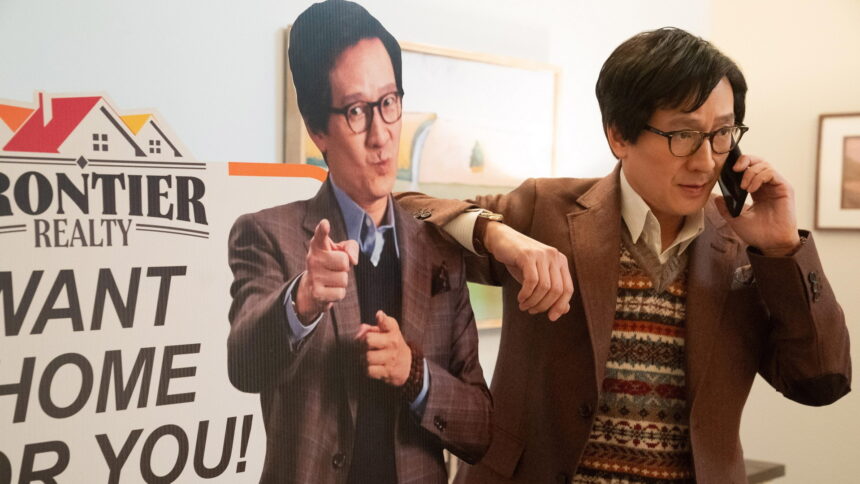
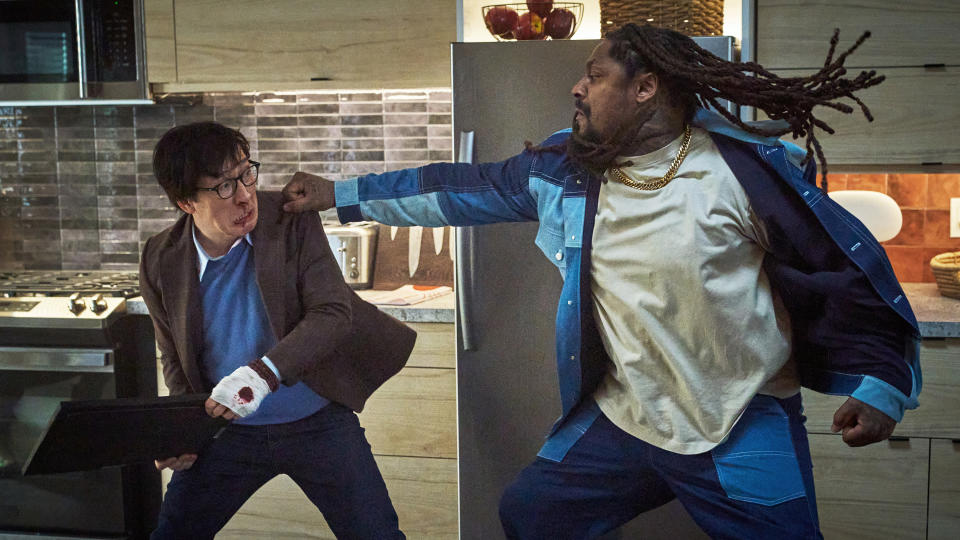
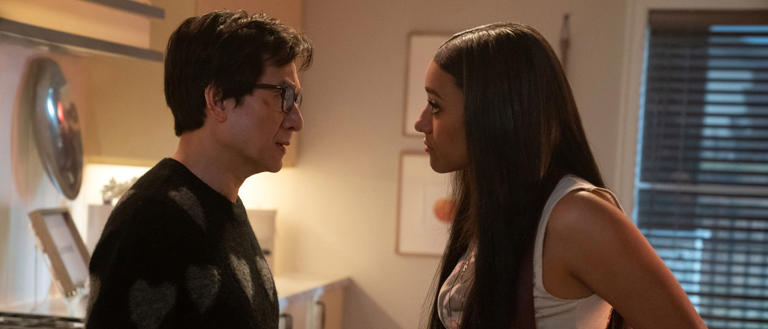

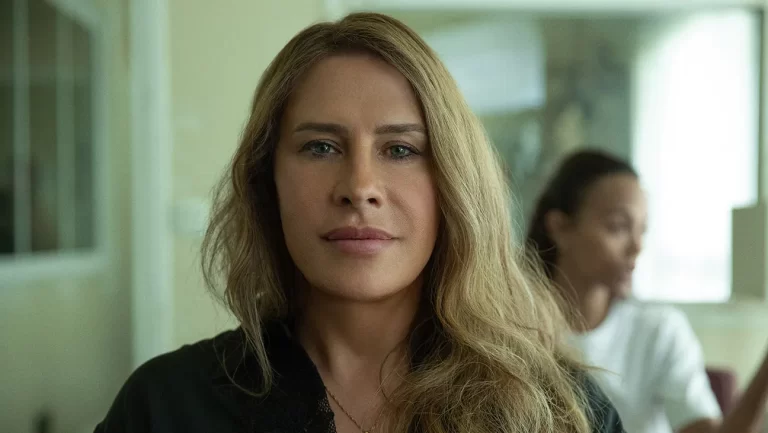
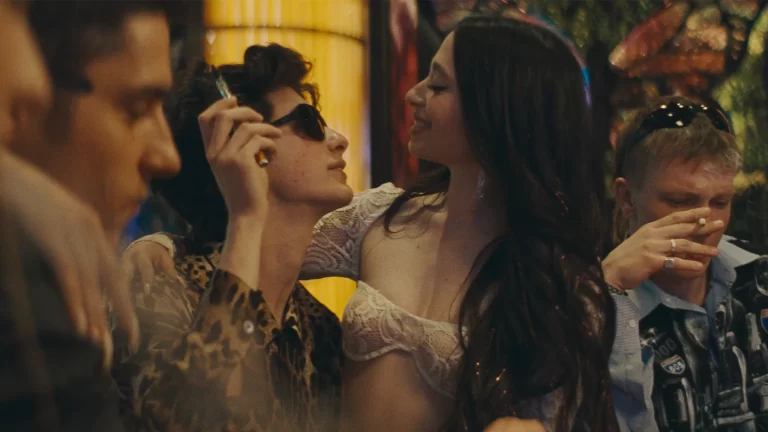
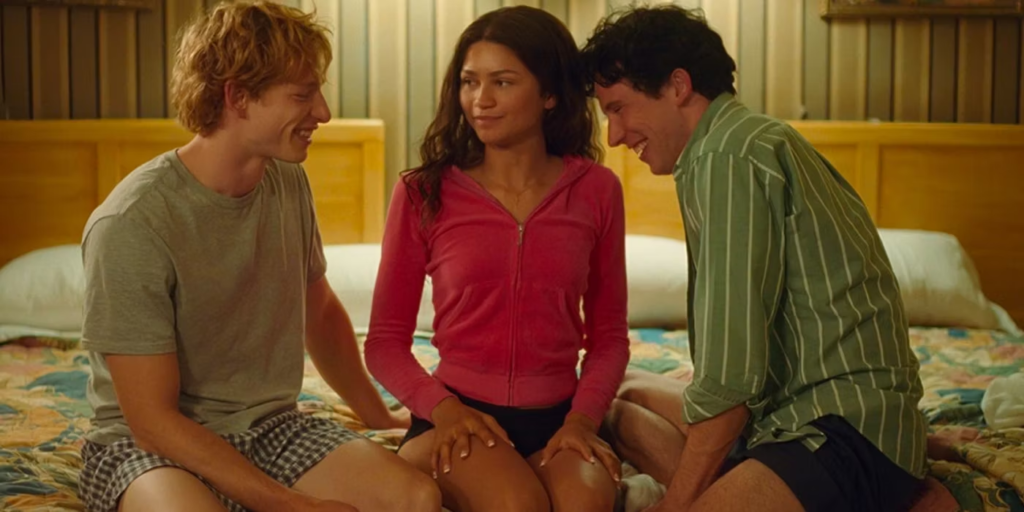
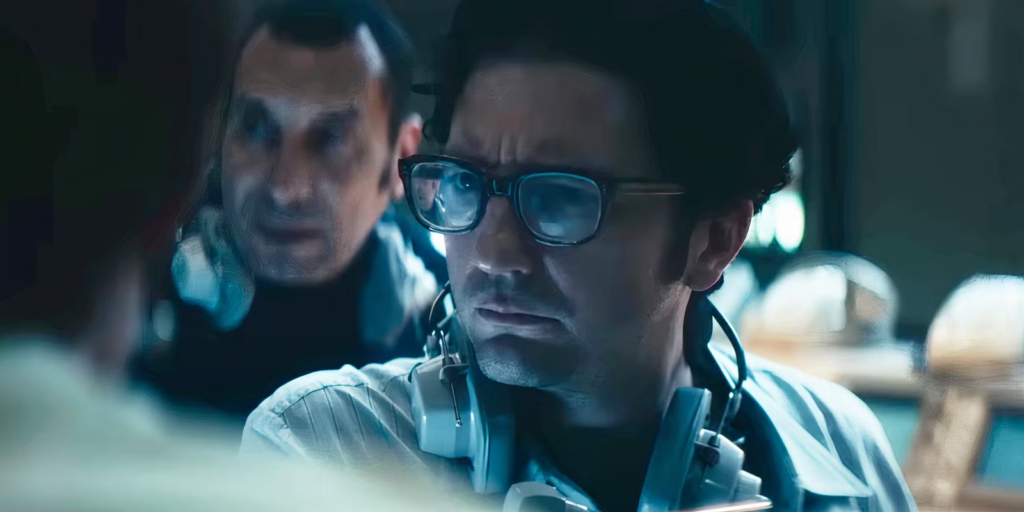
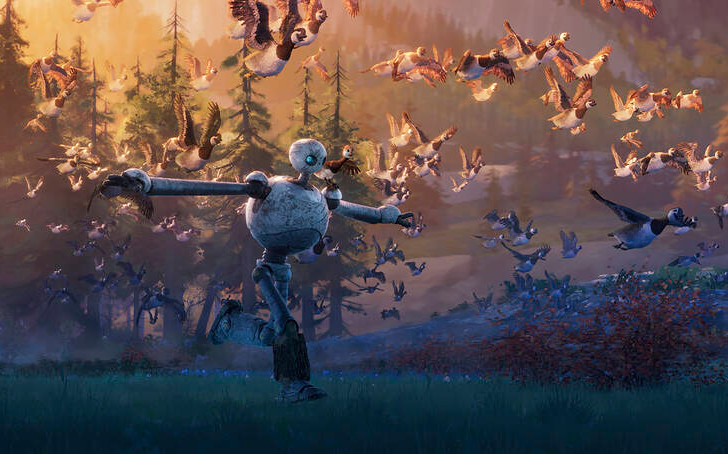
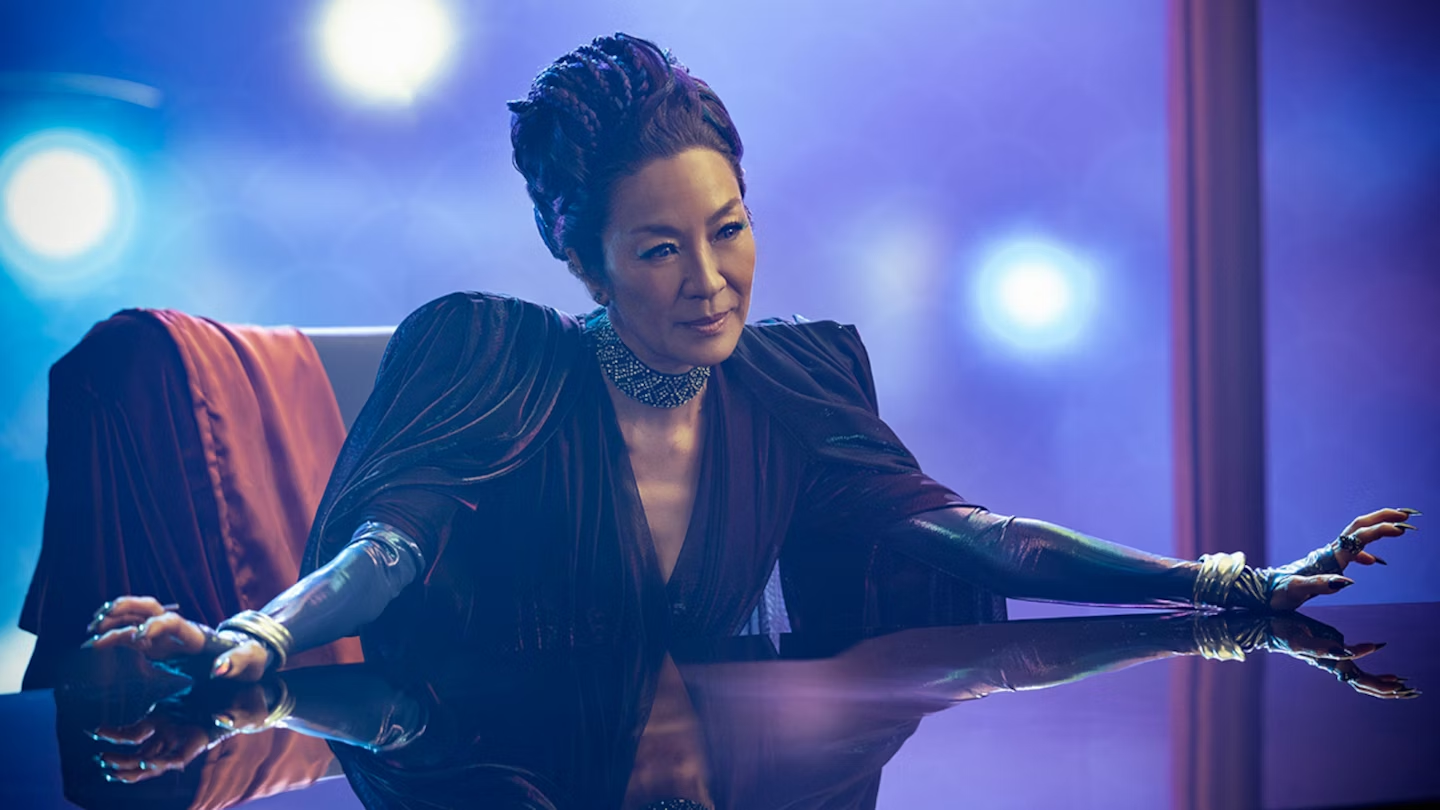



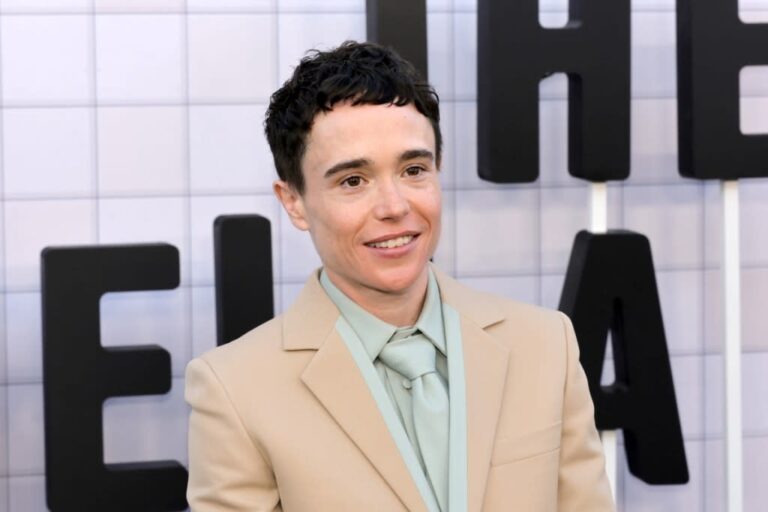



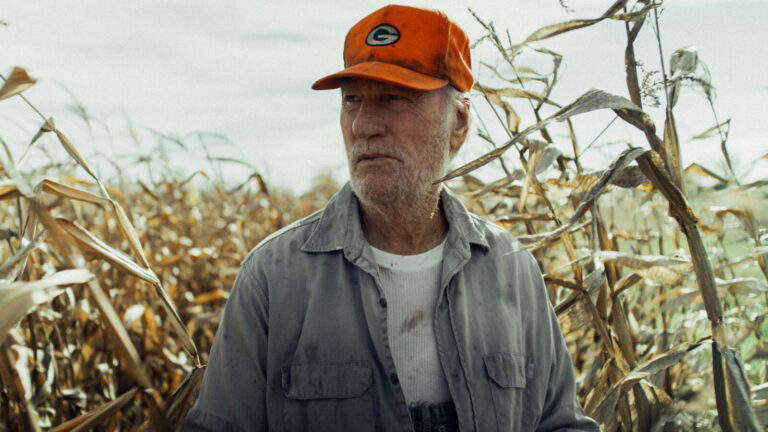





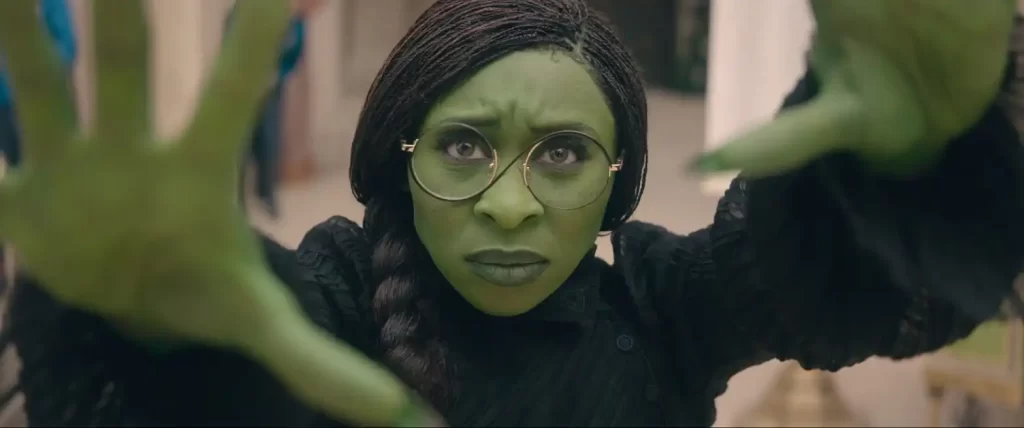


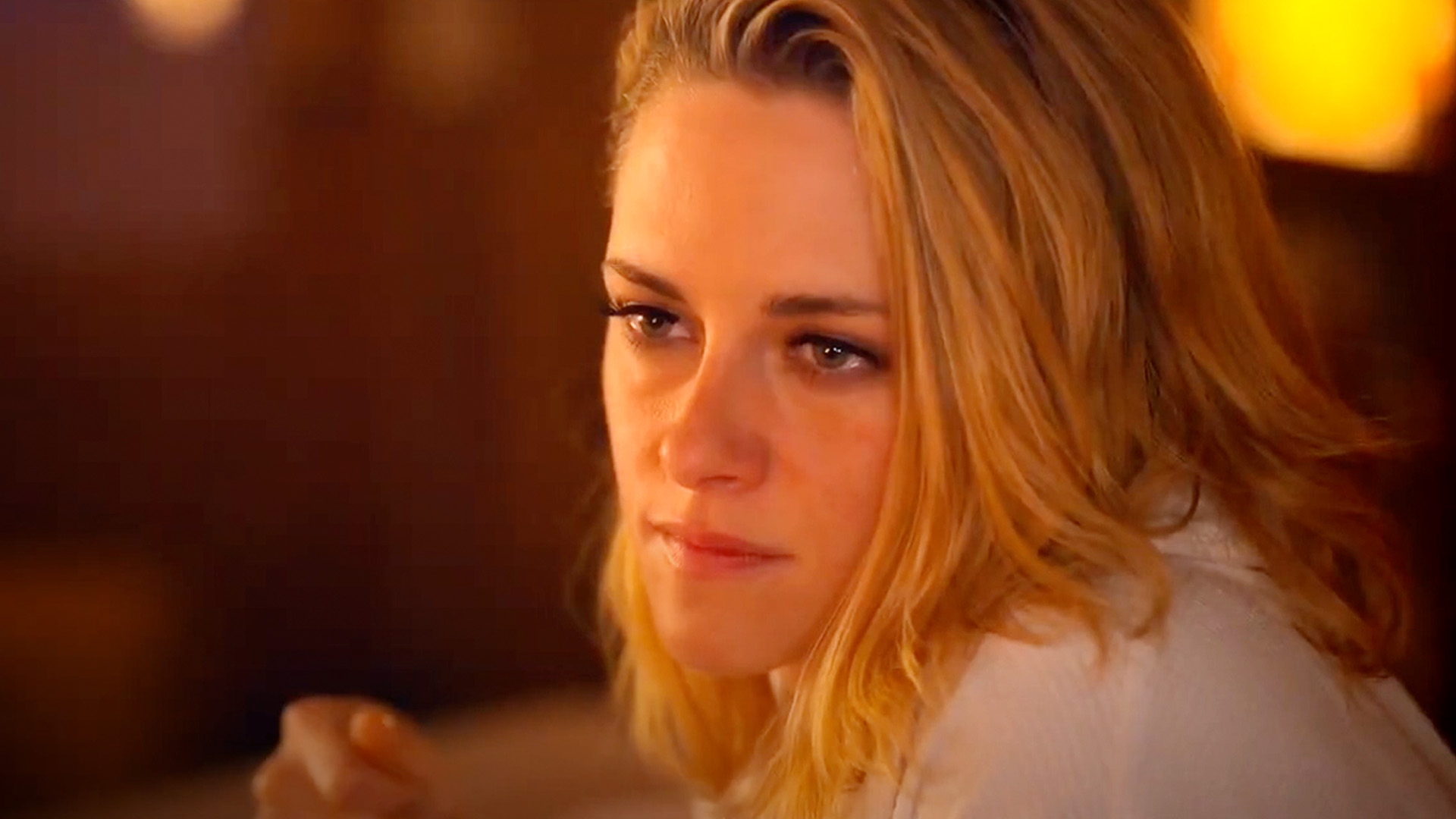

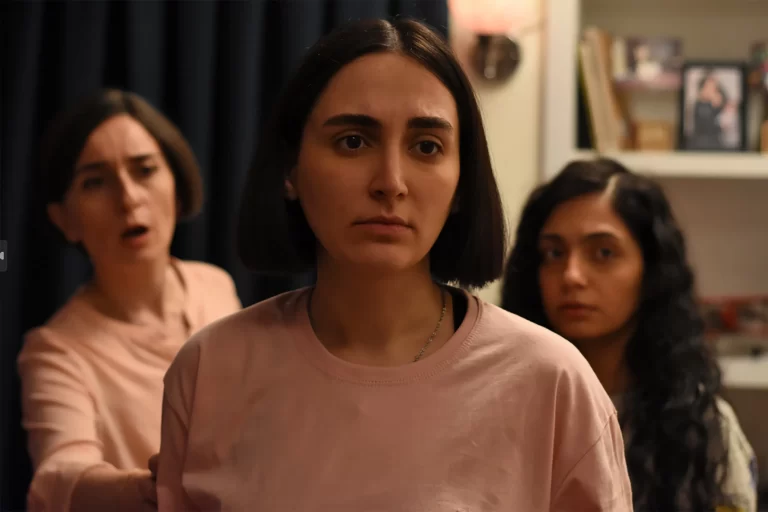


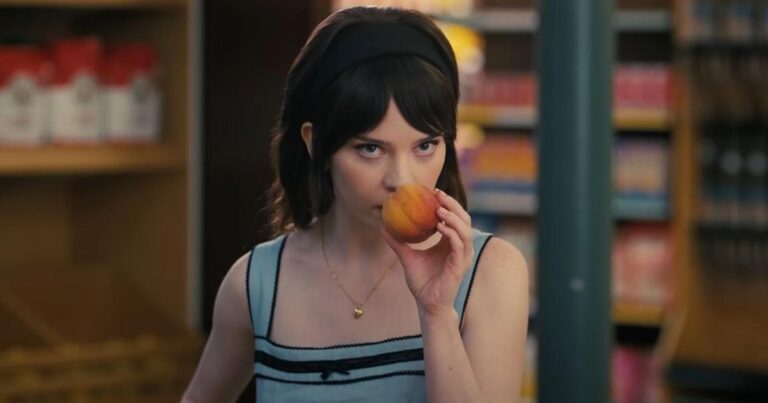

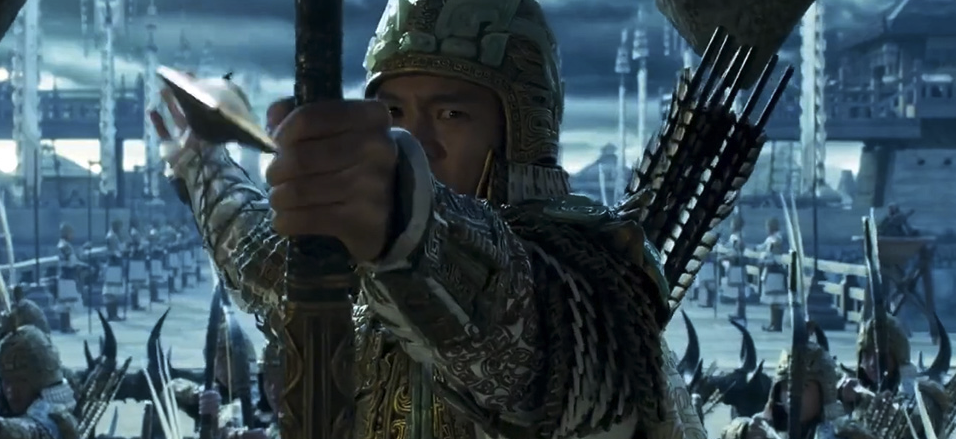


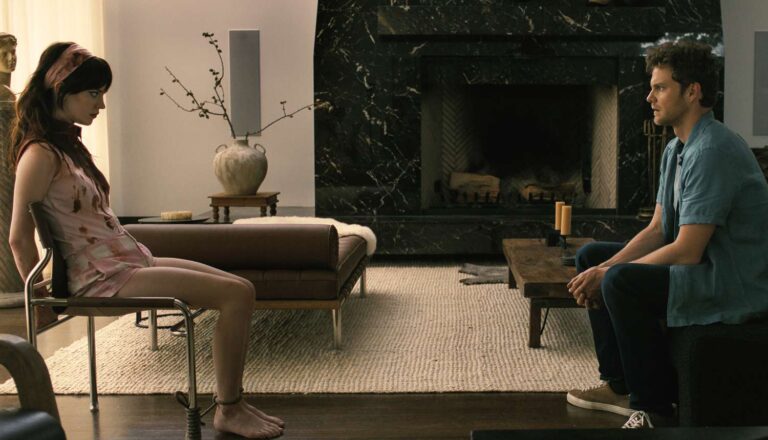


:max_bytes(150000):strip_icc()/COMPANION-012925-12-eae6dc77ca534665acba5b0ed523d97d.jpg)
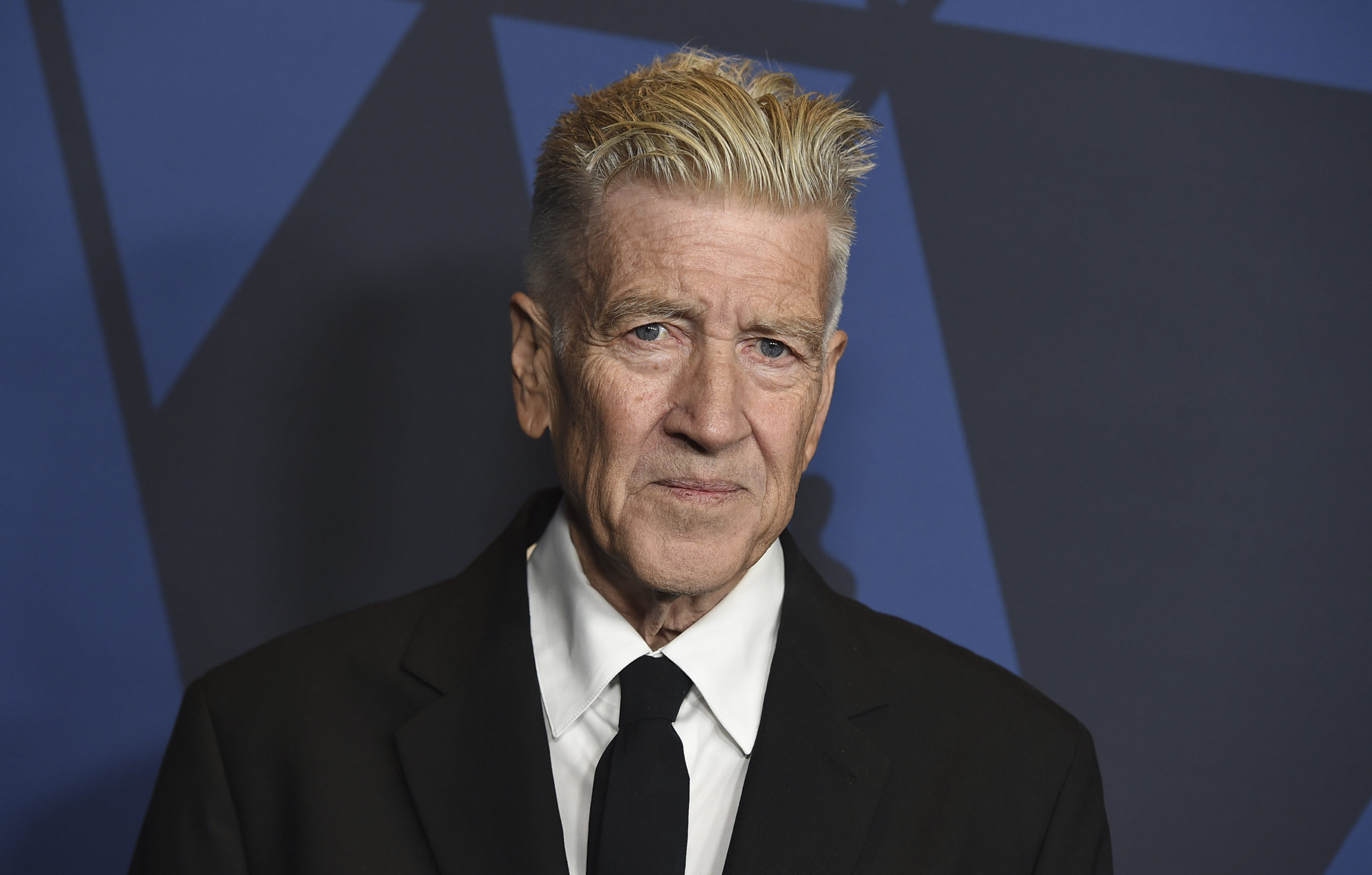
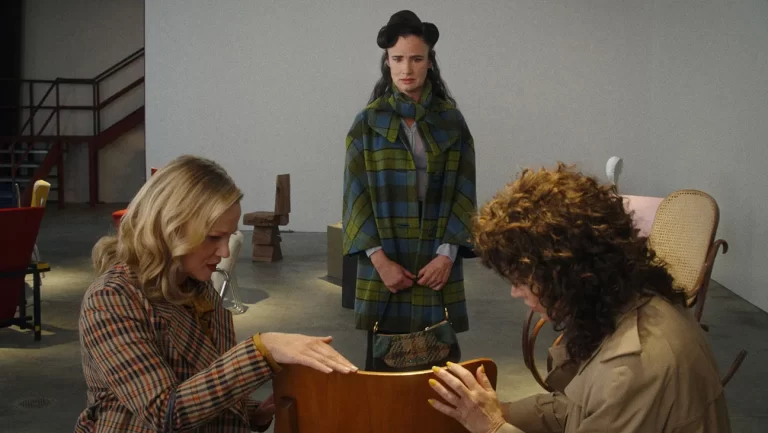

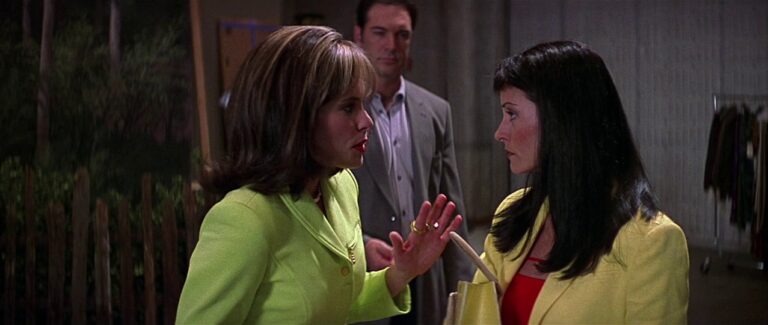
![Scream 3 – [FILMGRAB]](https://film-grab.com/wp-content/uploads/photo-gallery/imported_from_media_libray/1541%20(1).jpg?bwg=1547055173)


